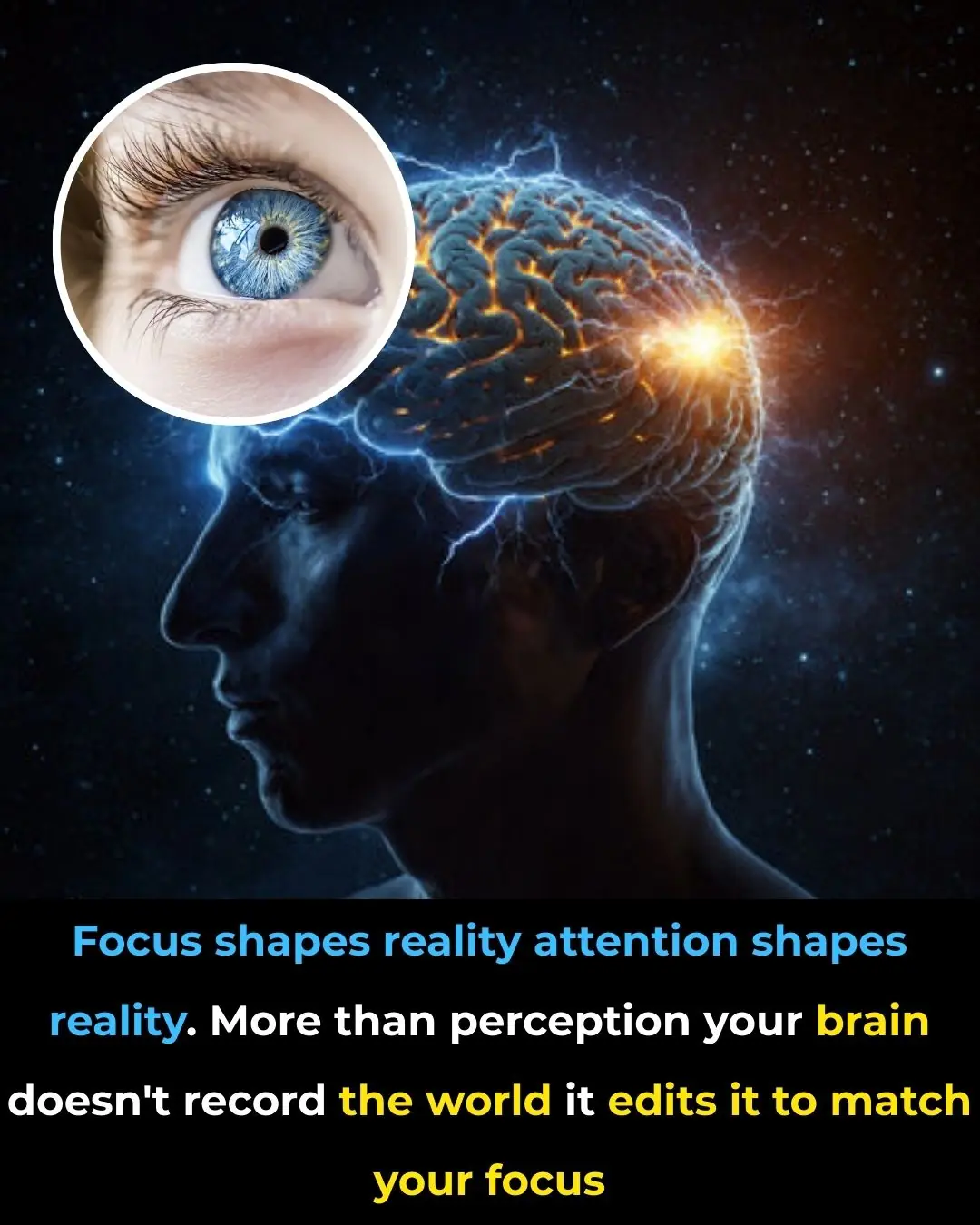
What does it mean to walk with your hands behind your back?
Walking with your hands behind your back may seem like a small, simple gesture, but in psychology and body-language reading, it can reveal a surprising amount about a person’s mindset, emotional state, and personality traits. This posture is often associated with leaders, professors, military officers, and individuals who feel at ease within their environment.
Below are the most common—and most insightful—psychological meanings behind this behavior:
1. Confidence and Authority
When someone walks with their hands behind their back, they expose their chest and torso, which are naturally vulnerable parts of the body. Humans instinctively protect these areas when they feel unsafe, so exposing them signals comfort and inner strength.
This gesture often demonstrates:
-
Strong self-assurance
-
Confidence in unfamiliar or social situations
-
A sense of control and authority
-
The expectation of being listened to or respected
This posture is frequently seen in leaders, teachers, and individuals accustomed to commanding attention without needing to assert dominance aggressively.
2. Calmness and Composure
Walking this way naturally slows the pace and creates smoother, more deliberate movements. Psychologically, this signals:
-
A calm and steady mind
-
Patience and self-control
-
Comfort in silence
-
A thoughtful, composed presence
This is why professors, thinkers, and high-ranking officials often walk with their hands behind their back when explaining ideas or contemplating something important. The gesture supports a measured, reflective demeanor.
3. Deep Thinking or Problem-Solving
This posture encourages a straight back and open chest, which can subtly support deeper thinking or internal focus. People often adopt it when they are:
-
Analyzing a complex situation
-
Organizing their thoughts
-
Reflecting on personal concerns
-
Thinking strategically or logically
In many cultures, it is almost a stereotype: the intellectual who paces with hands behind the back while wrestling with an idea. The gesture helps the mind concentrate and signals that the person is mentally “inward.”
4. Openness and Positive Vulnerability
Although it might seem paradoxical, exposing the front of the body instead of shielding it indicates emotional openness.
It often suggests:
-
A lack of fear or defensive behavior
-
Willingness to interact with others
-
Emotional relaxation
-
Comfort in one’s surroundings
Instead of being guarded, the person appears approachable and at ease. It is subtly the opposite of closed-off body language like crossed arms or hands in pockets.
5. Respectful or Reserved Behavior
In several cultures—especially in parts of Asia and Europe—walking with hands behind the back represents good manners and respectful presence. It communicates:
-
Politeness
-
Discipline
-
Modesty
-
A reserved or non-aggressive nature
This posture is sometimes taught in formal settings or during ceremonial practices as a way to show humility and respect.
6. Habit of Observing
People who walk with their hands behind their back often observe more than they speak. This posture keeps the hands still and frees the eyes and mind to take in their environment.
It reflects:
-
Quiet confidence
-
Heightened awareness
-
Thoughtfulness
-
Analytical personality traits
These individuals usually prefer understanding a situation before reacting. It’s a posture linked to careful thinkers, strategists, and people who value insight over impulsiveness.
7. Emotional Stability
Because this gesture conveys openness, patience, and lack of tension, it is commonly associated with:
-
Emotional balance
-
Low impulsivity
-
Self-discipline
-
The ability to stay grounded under stress
Walking with hands behind the back can signal that a person feels internally centered and is not easily rattled by external pressures.
In Summary
Walking with your hands behind your back often indicates:
-
Confidence and quiet authority
-
Calmness and composure
-
Deep thinking and reflection
-
Openness and emotional stability
-
Respectful or reserved behavior
-
Strong observational skills and awareness
Overall, it’s a gesture commonly displayed by people who feel both comfortable in themselves and comfortable in their environment, projecting a mix of confidence, serenity, and thoughtful intelligence.
News in the same category


Dr. Joseph Dituri Sets Record With 93 Days Underwater — And Discovers Stunning Health Benefits

The Extraordinary Survival Story of Bahia Bakari: The Sole Survivor of Yemenia Flight 626

First Person Cured of Type 1 Diabetes Using Stem Cell Therapy: A Groundbreaking Medical Achievement

Gray Hair: A Natural Defense Against Cancer, New Study Suggests

Young Student's Determination to Support His Education Inspires Viral Act of Kindness

MIT Scientists Develop Injectable Gel to Regenerate Damaged Nerves and Restore Sensation

How Attention Shapes Reality: The Neuroscience Behind Focus and Perception

From Fear to Trust: A Dog's Journey of Healing and Love

Frequent Daytime Naps Linked to Larger Brain Volume and Healthier Aging

Study Reveals: Parents of Sons Experience Sharper Cognitive Aging

The Surprising Link Between Fruit Consumption and Stronger Lung Health

The 37-Dimensional Photon: A Breakthrough That May Transform Quantum Computing

New Research Reveals Toxic Exposure May Drive More Dangerous Breast Tumors

Revolutionary FDA-Approved Drops Restore Clear Near Vision Without Glasses

Student forgot he invested $27 in Bitcoin for school project and returned to stunning fortune years later

Teen Inventor Creates Affordable Dialysis Machine, Revolutionizing Global Healthcare

PepsiCo Removes Petroleum-Based Dyes from Doritos, Paving the Way for Healthier Snacking

From Tragedy to Hope: How Compassion Saved a Life in Rural China
News Post

What if you ate 4 eggs a day with the yolks for 30 days?

You’ve Been Taking The Wrong Type of Magnesium All This Time

This Salt, Pepper and Lemon “Miracle-Mix” Can Help Solve 9 Problems

Tooth Decay Repair with Natural Remedies: Can Guava Leaves Help?

Onion Oil for Hair: The Smelly Secret to Long, Lush Locks

The Hidden Power of Mango Seed

The simple circulation secret that can reduce varicose veins naturally

Doctors Reveal What Really Happens When You Eat Avocado Every Day

Home Alone During a Heart Attack …5 Critical Steps That Could Save Your Life

Rice Baby Oil Collagen Cream For Wrinkle Free Glowing Skin

When Buying Shrimp: Should You Choose Straight or Curved Ones? The Difference Is Huge but Few People Know

Tiny Wings, Mighty Legacy: How Bees Create Honey and Sustain Life on Earth

Don’t Throw Away Overripe Bananas – The Black-Spotted Ones Are a Nutritional Treasure

Hawaii Is Releasing Mosquitoes From Drones — And It Could Help Save Species From Extinction

Your Non-Stick Pan Lost Its Coating? Don’t Throw It Away – Here’s How to Use It Like New

Superfetation: The Rare Phenomenon of Becoming Pregnant While Already Pregnant

How to Choose the Best Apples: The Crispest, Sweetest, and Most Nutritious Ones (Updated for Nov 11, 2024)

When a married woman is obsessed with another man, she does 9 things.
